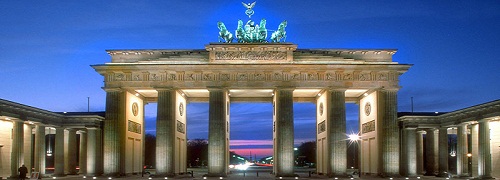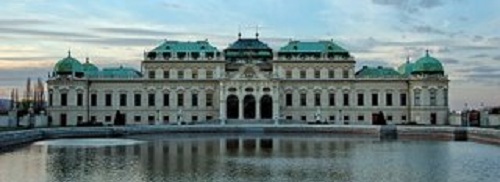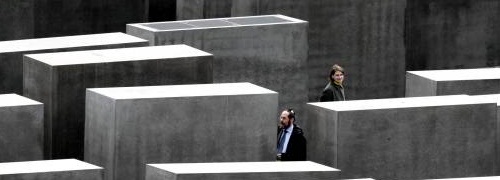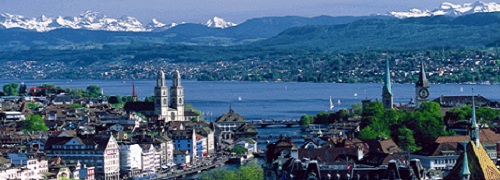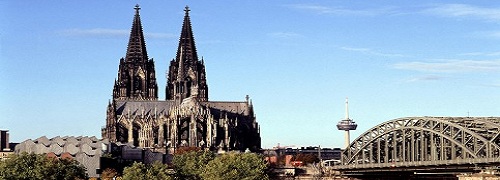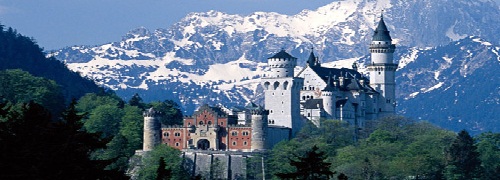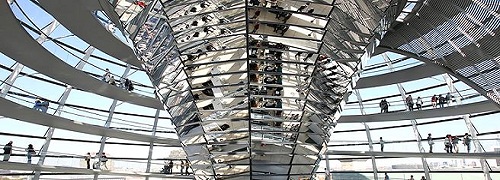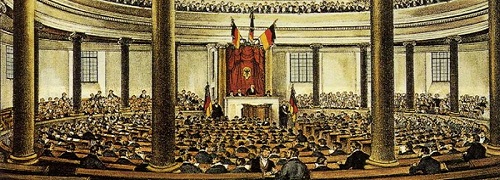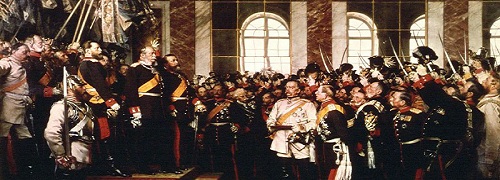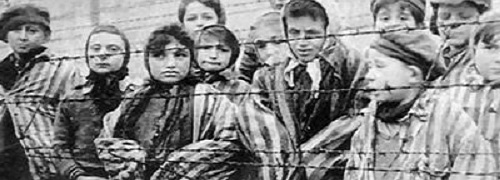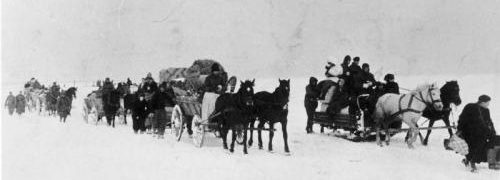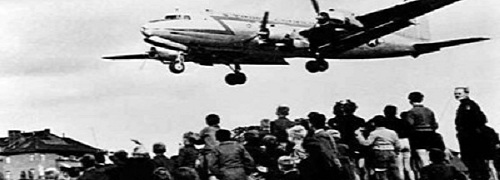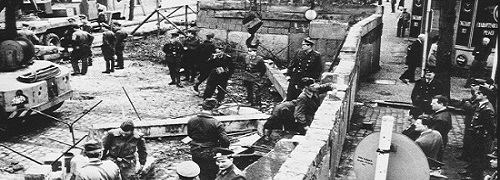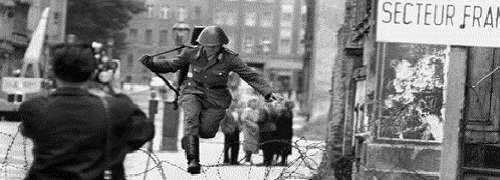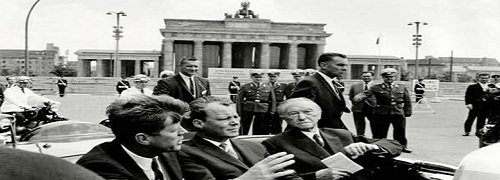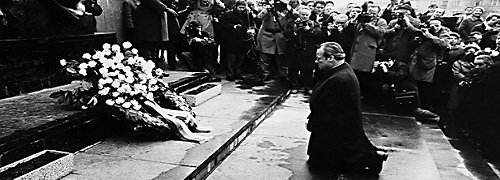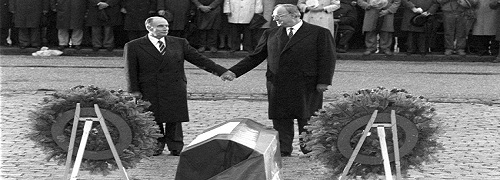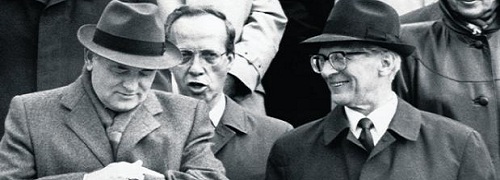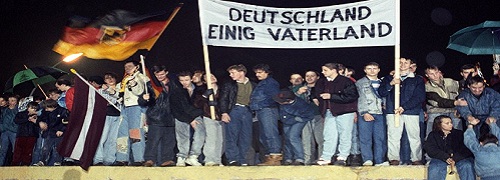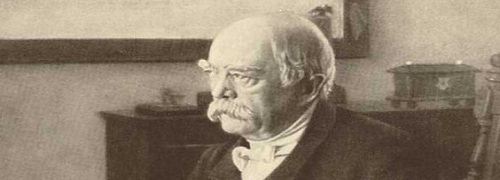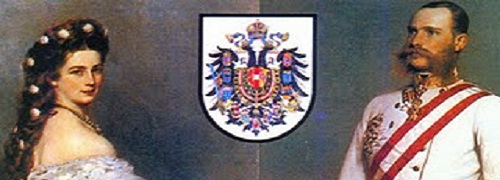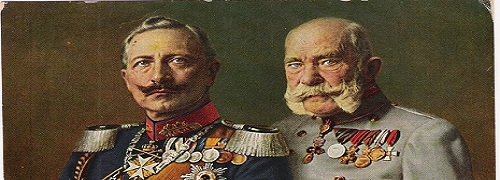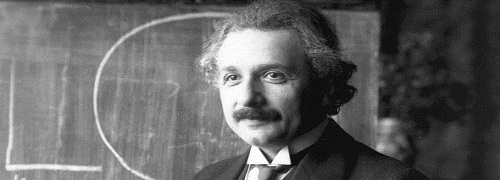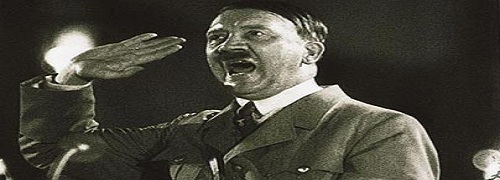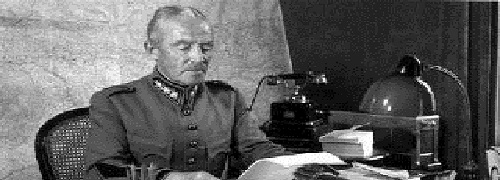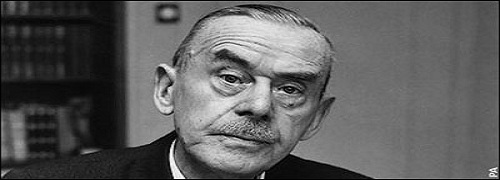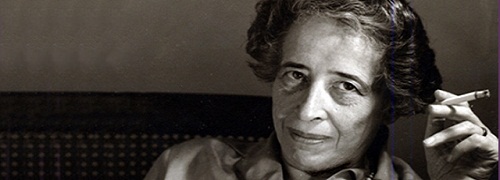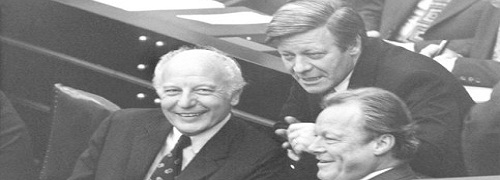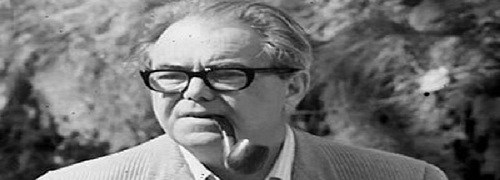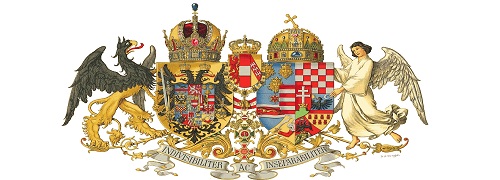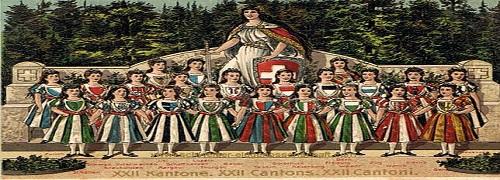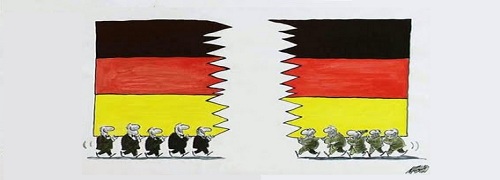Writing at War, writing the War. Soldiers and Civilians of Austria-Hungary in the Great War
Writing at War, writing the War.
Soldiers and Civilians of Austria-Hungary in the Great War
– International conferences 2016-2018 –
The framework of the program is the former Austro-Hungarian Empire. Its aim is to contribute on an international basis to a history “from below” of Austria-Hungary from the written sources, privileging those contemporary to the conflict in order to refrain from distorting effects of anachronism and from heroic or victimizing narratives published during the interwar period. We are looking for clues of the wartime atmosphere rather than reconstructions, although the confrontation between these two moments of writing may be fruitful. The project is based on the observation that this approach has been neglected until now, including in the Austrian historiography as highlighted in the book edited by Bernhard Bachinger and Wolfram Dornik, Jenseits of Schützengrabens which provides a new perspective on both the military aspect of the conflict and war experiences, although it concerns mainly the Russian front and its proximity. Taking into account other territories seems useful because civilians of the whole Monarchy were confronted with different and changing situations, as well as soldiers who experienced several fronts.
Therefore the territorial approach seems more relevant than the national approach since several categories of territories must be distinguished: those geographically distant from the war zone like
Lower Austria, the Bohemian Lands, the heart of the Hungarian plain; those immediately exposed to the fighting, whether war zone or near to it (Galicia, Croatia-Slavonia, Vojvodina, later Carniola and the Adriatic coast as well as Transylvania). Independently of any national or social consideration, that cannot be excluded, we presume that this physical distance produced contrasting effects in the perception of the war, both at the time of its onset as in its “ordinary course”. From the point of view of the civilian population, the Great War is observed at various levels and composes a mixed picture of the atmosphere of wartime. The Italian historiography, on a different scale and in a context of dynamic regional studies, has already taken into account this territorial approach better reflecting the distinct contexts of the war and its effects on civilians. On the basis of this territorial postulate, we want to organize three conferences covering the pace of the evolution of Austria-Hungary during the war: the beginning; the initial course of the conflict in its civil and military dimensions and finally the internal crisis and the implosion of the Empire.
Partners Institutions :
CREE (Inalco), UMR SIRICE (Paris I – Paris IV), LABEX EHNE, GDR “Connaissance de l’Europe médiane”, Centre tchèque de Paris.
Scientific board :
Coordination : Étienne BOISSERIE (CREE-Inalco, Paris), Catherine HOREL (UMR SIRICE / LABEX EHNE)
Gabriela DUDEKOVÁ (Institute of History of the Slovak Academy of Sciences), Arpad HORNYAK (Hungarian Academy of Sciences, MTA), Richard LEIN (Vienna University), Milena LENDEROVÁ (Pardubice University, Czech republic), Bernard LORY (CREE-Inalco, Paris), Antoine MARÈS (UMR SIRICE, Paris 1 – Paris 4 / GDR, Paris), Marco MONDINI (Istituto storico italo-germanico – FBK, Trento), Tamara SCHEER (Ludwig Boltzmann-Institut für Historische Sozialwissenschaft, Vienna), Erwin SCHMIDL (Landesverteidigungsakademie, Vienne), Catherine SERVANT (CREE-Inalco, Paris), Dmitar TASIC (University College Dublin, Center for War Studies).
Languages: French, German, English
First conference, Paris, 13-14 October 2016
Entering the War. “In this difficult moments, we all have to comply…”.
The short period of mobilization has been neglected by the historiography of the war in Austria-
Hungary focused on the opposition enthusiasm/refusal in an overwhelmingly national approach. Yet the research on correspondence and private papers documents the multiple transformations of the daily life generated by the outbreak; they reveal the atmosphere in the Austro-Hungarian Empire characterized by its heterogeneity. Three aspects will be privileged: correspondence or diaries of the mobilized men; the perception by civilians of the first orders that affect lifestyles and activities; the acceptance of transformations and reconfigurations of daily life induced both by the departure of men and movements of displaced persons.
Seen from the point of view of soldiers, we presume that mobilization produced ambivalent feelings
first of which fear, but probably also excitement for an “adventure”. How were these feelings expressed before correspondence of war was controlled? If we consider the August campaigns at the time of the mobilization, how were they echoed in the first informations exchanged between the rear and front? The hypothesis of a long war appears in the correspondence during the autumn 1914: how did soldiers get used to this eventuality? What’s their perception of the material and human hardness of the fighting, how do they analyze or describe their discovery of living and fighting conditions in Serbia and in the North-East? How do they picture the soldier’s daily life?
Among civilians, how do the first weeks and months of the conflict modify both rhythms and activities? What is the impact of the war effort and support to the soldiers on the various categories of the population? How are the immediately broadcasted slogans of “disposition to sacrifice” and “frugality” perceived? Contributions can address these effects focusing on individual and family approaches as well as on associations (including trade unions) as well as on communal and/or regional analyzes. They may also study these questions from a specific angle (charity, associative
mobilizations) as well as looking at transformations in specific sectors of public life. How to write about the progressive perception of a war that will last longer than originally thought?
Finally, how are the population movements induced by the proximity of the front seen by those who
suffer from them or by those who provoke them? How are refugees perceived and received in the social space disrupted by the outbreak of war? More broadly, what are the perceptions of human transformations immediately induced by the war, the solutions provided to them, the organization – or absence of it – of solidarity mechanisms based on existing structures and associations, the everyday effects of the large flows of population – refugees, wounded – transiting in different parts of the territory as early as August 1914?
Deadline for submissions: May 15th, 2016.
Send proposals to: eboisserie@gmail.com; horel.c@orange.fr

